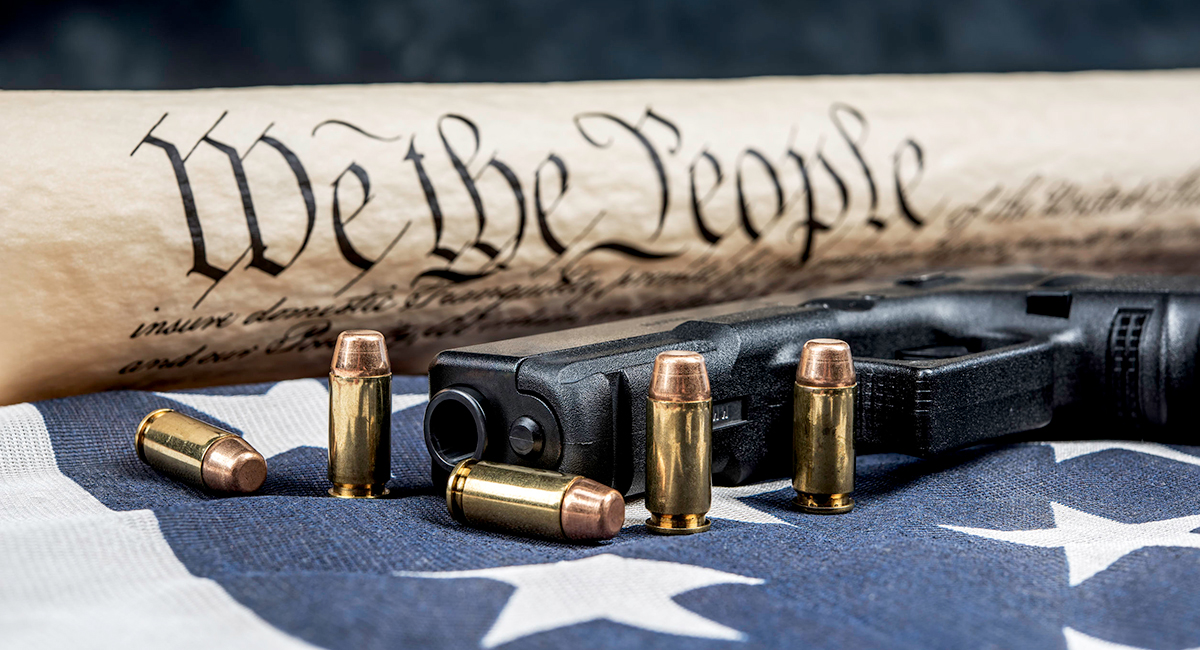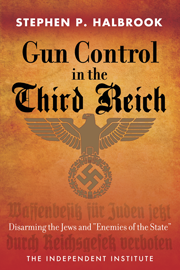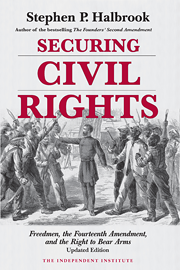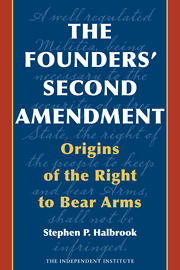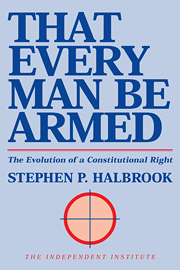The U.S. Supreme Court invalidated New York’s “good-cause” requirement to exercise the right to bear arms in New York State Rifle & Pistol Association v. Bruen in a 6-3 decision on June 23, 2022. Justice Clarence Thomas, writing the opinion for the Court, ruled that the Second Amendment protects the right to carry a handgun for self-defense outside the home. Every law-abiding citizen is now eligible for a carry permit.
The lower courts have been waging massive resistance to the Supreme Court’s decisions in D.C. v. Heller and McDonald v. Chicago—decisions more than a decade old. In those cases, the Court held, respectively, that the right to keep and bear arms is an individual right and that it prohibits local, state and federal infringement. The Court read the Second Amendment to mean what it says and to say what it means, according to its original public understanding. In other words, Justice Thomas wrote, “[W]hen the Second Amendment’s plain text covers an individual’s conduct, the Constitution presumptively protects that conduct.” To justify a restriction, “the government must demonstrate that the regulation is consistent with this Nation’s historical tradition of firearm regulation.”
To get around this clear ruling, many lower courts invented a second “balancing test” to deconstruct the right and to thus uphold each and every restriction. Also called “intermediate scrutiny,” it was nothing more than a version of the deferential interest-balancing test Justice Stephen Breyer advocated in his Heller dissent, which the Heller majority rejected. “Despite the popularity of this two-step approach, it is one step too many,” wrote Justice Thomas in Bruen. What this means is that courts should consider the Second Amendment’s text and early history, not the “means-end scrutiny” that allows the supposed government interest to negate the natural right; as a result, virtually every lower-court ruling based on part two of the supposed test is now up for grabs.

